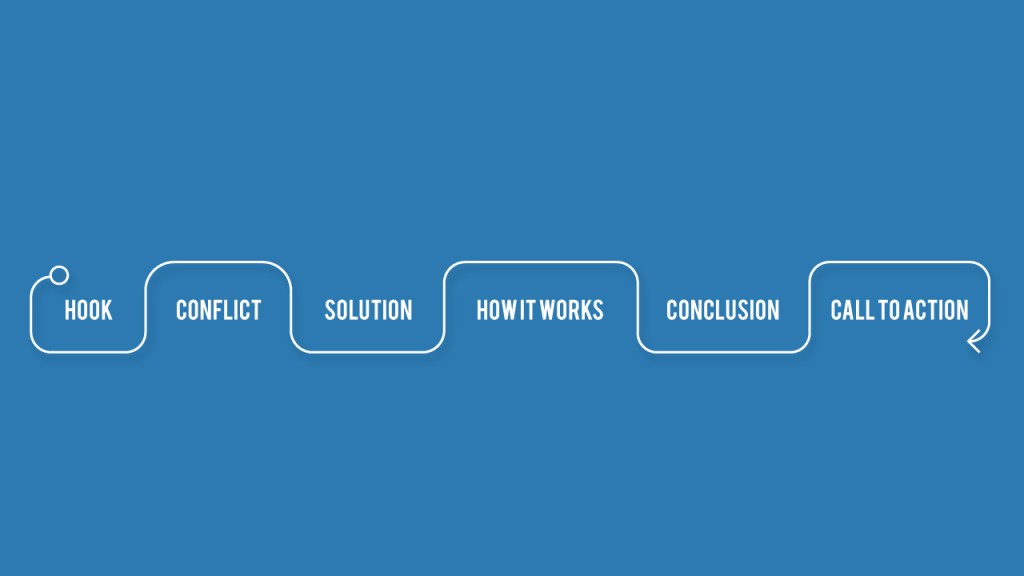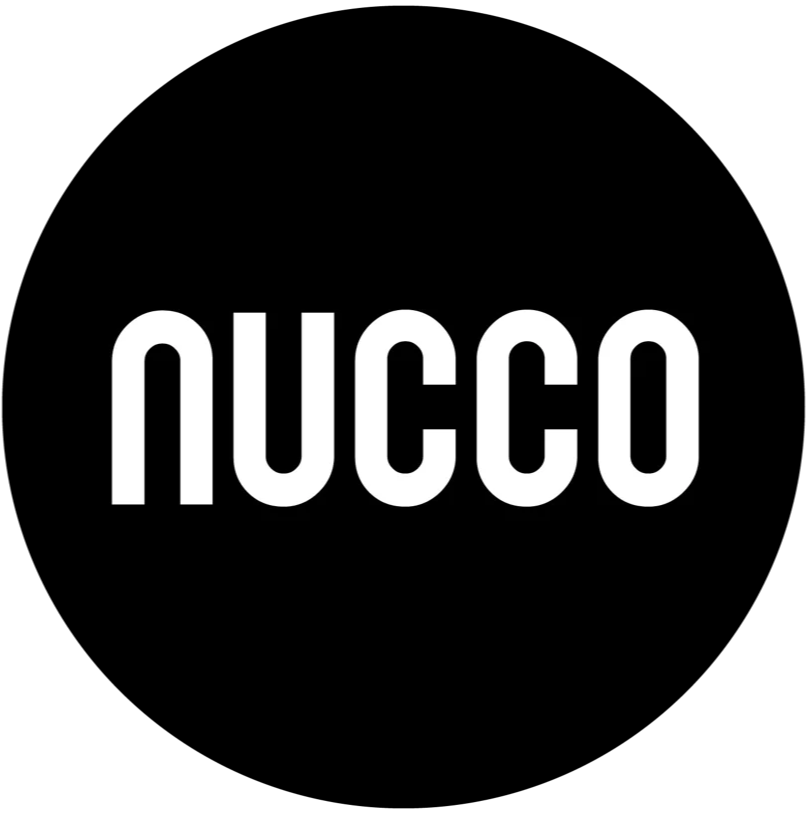HOW TO USE NEW NARRATIVE TRENDS TO CREATE CONSTANT ENGAGEMENT

Stories have proven to be the most effective communication tool since the beginning of times. This article explores how the latest trends in storytelling can be used to drive engagement.
At Nucco, we believe that storytelling allows great marketing content to generate a response and get repeated. Why? Because stories have proven to be the most effective communication tool since the beginning of times.
 Innovate UK | Audiences of the Future
Innovate UK | Audiences of the Future
Let’s travel back in history. In ancient times, civilisations made extensive use of mythological tales to explain the world around them. This oral tradition of telling stories enabled our ancestors to both teach and remember – two goals still relevant for brands to achieve today. Over time, the evolution of storytelling has always followed technological advances. Many compare the impact of the Internet to that of Gutenberg’s printing press invention in the 15th century, which enabled the written word to surpass the oral tradition of storytelling as a mass communication tool. Now roughly 20 years since the Web’s commercialisation, what impact is it having on our ways of telling stories today and how can brands use new narrative forms to their advantage?
 Innovate UK | Audiences of the Future
Innovate UK | Audiences of the Future
Understanding modern audiences
Successful storytelling always explicitly or abstractly reflects the times we live in; and so should today’s marketing campaigns. More than ever before, we, as audiences, use digital technology extensively in our daily lives. Mobile and wireless technologies born out of the Web have revolutionised not only the way we communicate but also the way we think and perceive reality.
According to media theorist Douglas Rushkoff mobile and wireless technologies fracture our perception of time to only value the present above all by allowing us to communicate in multiple virtual spaces at the same time from one real life location. There is no beginning or end to notifications or the quantity of content available online. As such, past or future become meaningless compared to the present of: what can I watch on YouTube right now? Messenger alert, who can it be? What’s the latest news on my Twitter feed?
Within this context, the challenge for brands is not only to compete with other brands, but the entire media landscape. Creating content that stands out of the crowd is therefore crucial, and using new narrative forms is the best way to ensure constant engagement through marketing campaigns.
 Nucco Copy Writing Structure
Nucco Copy Writing Structure
Moving towards the post narrative form
Whether it be movies, novels, or even adverts we are accustomed to the classic linear form of storytelling. Something along the lines of: a relatable hero with a goal in the beginning, undertakes a journey full of obstacles in the middle, to finally fail or succeed at achieving the goal by the end. Rushkoff argues that the perpetual state of “now” we experience through our regular use of mobile and wireless technologies is shifting the types of stories we are interested in away from this linear format. He refers to this emerging narrative format as the “Post Narrative Form” where the aim is to expanding on a fictional universe and characters rather than concluding the story of a single protagonist.
Hollywood’s reboot of Star Wars, the increasing popularity of TV & Netflix series, Game of Thrones and its multiple storylines, these are all examples of the post narrative format resonating with audiences worldwide. Satisfying stories nowadays don’t have a resolution but give us a sense of continuation through the perpetual growth of their fictional universes.
How can brands use this new form?
The post narrative form is perfectly in line with modern audiences’ desire to keep the “present” going and have access to multiple points of view from one location. Applying this to a marketing perspective, brands should aim to produce content that satisfies this need for continuation and as such, expand their own identities through different media experiences.
 Innovate UK | Audiences of the Future
Innovate UK | Audiences of the Future
This is already happening today, where marketing a brand across different social media platforms is common practice. However, brands should push this even further by approaching content not just as a way to tell stories but as a way to offer a variety of experiences to immerse in. Augmented and virtual reality technologies now offer such possibilities. By approaching content production as “experiences” to build on and expand, brands will prompt their audiences to interact with them regularly and thus ensure constant engagement.
Get in touch with one of our experts today.


